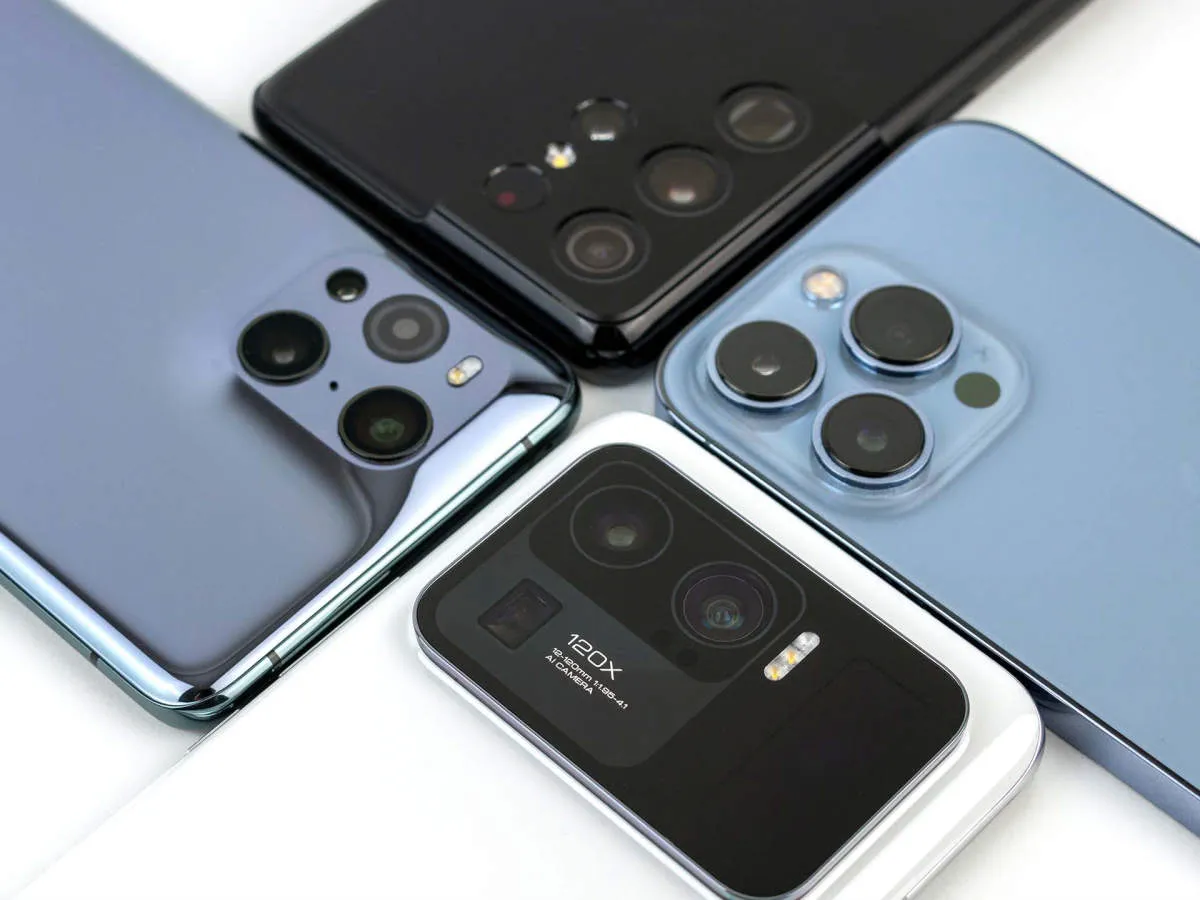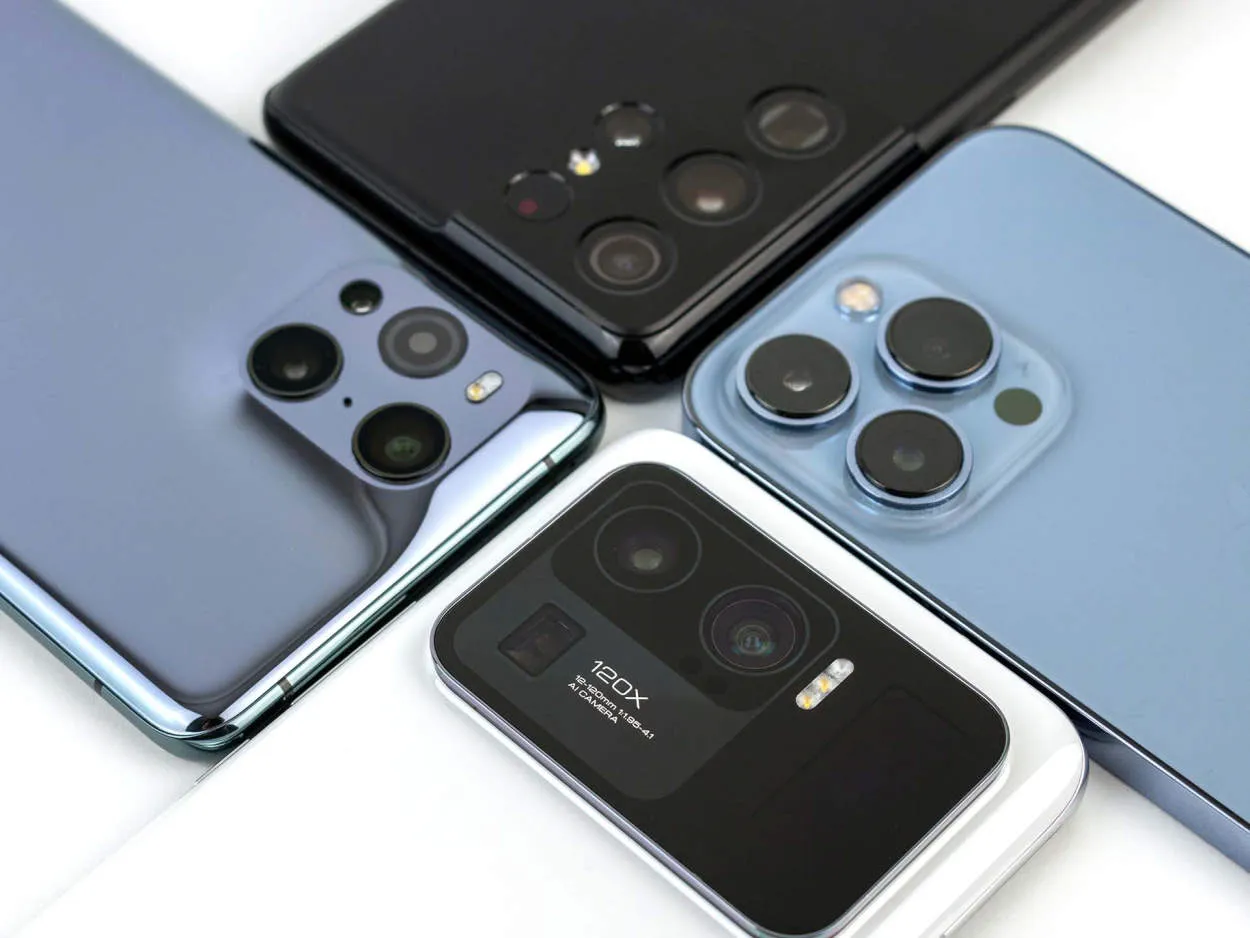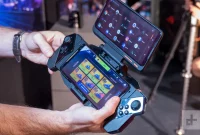Are you a photography enthusiast looking for the perfect smartphone camera? Look no further. In this article, we will compare some of the best smartphone cameras on the market, helping you choose the one that suits your photography needs. Discover the ultimate smartphone camera for capturing those picture-perfect moments.
Evaluating Camera Specs

When it comes to choosing a smartphone for photography, it is essential to evaluate the camera specifications to ensure that you are getting the best device for your photography needs. Here are some key aspects to consider:
1. Megapixel Count
The megapixel count determines the resolution and clarity of the images. Generally, the higher the megapixel count, the more detailed the photos will be. However, keep in mind that a higher megapixel count may also result in larger file sizes.
2. Aperture Size
The aperture size refers to how much light the camera lens can capture. A wider aperture (smaller f-number) allows more light into the camera sensor, resulting in better low-light performance and the ability to create a shallow depth of field effect.
3. Image Stabilization
Image stabilization technology helps reduce the effect of camera shake, resulting in sharper images, especially in low-light conditions or when shooting moving subjects. Look for smartphones with optical or electronic image stabilization.
4. Optical Zoom
Smartphones with optical zoom have the ability to zoom in on subjects without sacrificing image quality. This is achieved by using a separate lens element to magnify the image, providing more flexibility when framing your shots.
5. Pro Mode and Manual Controls
Having access to manual controls allows you to adjust settings like ISO, shutter speed, and white balance, giving you more control over your photography. Pro mode can be beneficial for advanced users who want to fine-tune their images.
In conclusion, thoroughly evaluating camera specs is crucial when comparing smartphone cameras for photography. By considering factors such as megapixel count, aperture size, image stabilization, optical zoom, and the availability of manual controls, you can make an informed decision and choose the best smartphone for your photography needs.
Low Light Photography Performance
When it comes to smartphone camera comparisons, one crucial aspect to consider is the low light photography performance. While natural lighting conditions may produce stunning results, the ability to capture quality images in low light situations can make a significant difference.
Smartphone cameras with superior low light performance often utilize larger pixel sizes, wider apertures, and advanced image processing algorithms. These features allow the camera sensor to capture more light and minimize noise, resulting in brighter and clearer images even in dimly lit environments.
Another essential factor contributing to low light photography performance is optical image stabilization (OIS). This feature helps to reduce motion blur caused by shaky hands or moving subjects, ensuring sharper and more detailed images.
Furthermore, some smartphones have dedicated night modes or advanced software capabilities specifically designed for low light photography. These modes optimize the camera settings, such as exposure time, ISO sensitivity, and white balance, to capture the best possible image quality in challenging lighting conditions.
In conclusion, when choosing a smartphone for photography, evaluating its low light performance is crucial. Look for features such as larger pixels, wider apertures, OIS, and dedicated night modes to ensure excellent results even in low light situations.
Video Recording Capabilities
In the world of smartphone cameras, video recording capabilities have become essential features that users consider when choosing a device for photography. The ability to capture high-quality videos is no longer limited to dedicated video cameras but can now be found in advanced smartphone cameras as well.
When comparing smartphone cameras for their video recording capabilities, several key factors need to be taken into consideration:
Resolution:
The resolution of the video is an important aspect to evaluate. Most high-end smartphones now offer 4K video recording, which provides superior detail and sharpness. However, lower resolution options such as 1080p or even 720p can still deliver satisfactory results depending on the user’s needs and the intended use of the videos.
Frame Rate:
The frame rate determines the smoothness of the video playback. Higher frame rates, such as 60 frames per second (fps), produce a smoother and more lifelike video. However, keep in mind that higher frame rates require more storage space, so consider the trade-off between quality and storage capacity.
Image Stabilization:
Image stabilization is crucial for reducing camera shake and ensuring steady videos. Optical image stabilization (OIS) is considered superior as it compensates for movement by physically adjusting the camera lens, resulting in smooth footage. Some smartphones also feature electronic image stabilization (EIS), which uses software algorithms to minimize unwanted movements.
Additional Features:
Smartphones with advanced video recording capabilities often provide additional features like manual controls, slow-motion recording, time-lapse, and even professional-grade video editing options. These features can enhance creativity and allow users to explore different styles of videography.
When comparing smartphones for their video recording capabilities, it is important to consider these factors and assess which features align with your specific needs and preferences. Keep in mind that while a smartphone’s camera may excel in photography, it might not necessarily offer the same level of performance in videography.
Overall, video recording capabilities are an essential consideration when choosing the best smartphone for photography. By carefully evaluating the resolution, frame rate, image stabilization, and additional features, users can make an informed decision and select a device that meets their video recording needs.
Comparison of Front and Rear Cameras
In the world of smartphone photography, the front and rear cameras both play crucial roles in capturing high-quality images. While each camera serves a specific purpose, it’s essential to understand their key differences to make an informed decision when choosing the best smartphone for photography.
Rear Camera:
The rear camera, also known as the main camera, is typically more advanced than the front camera in terms of megapixels, lens quality, and image stabilization technology. It is designed to capture detailed, high-resolution photos with enhanced clarity and dynamic range. The rear camera is ideal for landscape photography, portrait shots with blurred backgrounds, low-light conditions, and capturing fast-moving subjects.
Front Camera:
The front camera, also known as the selfie camera, is primarily designed for capturing self-portraits and video calls. Although it generally has fewer megapixels than the rear camera, it often features a wide-angle lens to accommodate more people in the frame. The front camera’s software enhancements prioritize skin tones, beauty filters, and augmented reality effects. This camera is perfect for capturing selfies, group photos, and video content for social media.
Key Differences:
- The rear camera is superior in terms of megapixels and image quality.
- The front camera usually has a wider-angle lens to capture a larger field of view.
- The front camera has software features that enhance selfies and video calls.
- The rear camera performs better in low-light conditions and fast-moving subjects.
Conclusion:
Understanding the differences between front and rear cameras is crucial when selecting a smartphone for photography purposes. While the rear camera excels in terms of image quality and versatility, the front camera caters to the needs of those who enjoy taking selfies and engaging in video calls. Consider your photography preferences and requirements to make an informed decision on what matters most to you.
Image Stabilization Features
When comparing smartphone cameras for photography, one of the crucial aspects to consider is the image stabilization features. These features play a significant role in ensuring that your photos are sharp and free from blurriness. Here are some stabilization features to look for in a smartphone camera:
- Optical Image Stabilization (OIS): This feature uses a physical mechanism to counteract any handshakes or movements while capturing an image. OIS compensates for small shakes and vibrations, resulting in clearer and more focused photos.
- Electronic Image Stabilization (EIS): Unlike OIS, EIS uses software algorithms to reduce shake and blur in photos and videos. While it may not be as effective as OIS, EIS is a valuable feature, especially in budget-friendly smartphones.
- Hybrid Stabilization: Some high-end smartphones combine both OIS and EIS to achieve optimal stabilization. This hybrid approach offers the best of both worlds, resulting in remarkably stable and sharp images.
- Artificial Intelligence (AI) Stabilization: With the advancements in AI technology, certain smartphones feature AI-powered stabilization. These devices can analyze the motion and automatically adjust the camera settings to minimize blur, ensuring that your images turn out crisp and clear.
Considering these image stabilization features while comparing smartphone cameras will greatly enhance your photography experience. Remember, a stable camera ensures that every photo you capture is visually stunning and professional-looking.
User Reviews and Sample Photos
In this article, we will explore the world of smartphone cameras and help you choose the best one for photography. We have gathered user reviews and sample photos to provide you with valuable insights into the capabilities of various smartphone cameras.
1. Apple iPhone X
The Apple iPhone X is highly regarded for its exceptional camera quality. Users praise its ability to capture stunning, detailed photos even in low-light conditions. The dual-lens system offers a portrait mode with excellent depth-effect and a 2x optical zoom. The photos taken with the iPhone X often exhibit vibrant colors and sharpness.
2. Samsung Galaxy S10
The Samsung Galaxy S10’s camera performs impressively, giving the iPhone X a tough competition. Its triple-lens setup allows for ultra-wide-angle shots and excellent zoom capabilities. Users appreciate the natural colors and dynamic range captured by the Galaxy S10 camera. Furthermore, its dedicated night mode ensures bright and clear photos even in dimly lit environments.
3. Google Pixel 4
The Google Pixel 4 boasts its computational photography capabilities, which produce stunning results. With its improved Night Sight mode, this smartphone excels at capturing detailed and sharp photos even in extremely dark settings. The Pixel 4’s camera is also praised for its accurate colors and superb dynamic range.
4. Huawei P30 Pro
The Huawei P30 Pro is renowned for its impressive zoom capabilities. Its periscope-like telephoto lens offers up to 5x optical zoom, which can be digitally extended to a massive 50x zoom. This allows users to capture distant subjects with incredible detail. The camera also performs admirably in low-light scenarios, producing well-exposed and noise-free images.
It is important to note that these are just a few examples of smartphones with excellent camera capabilities. Each phone has its unique strengths and weaknesses, so it’s essential to consider your specific photography needs and preferences when making a choice.
Conclusion
After conducting a thorough smartphone camera comparison, it is clear that choosing the best for photography depends on individual preferences and needs. Each smartphone offers unique features and capabilities, such as high megapixel counts, advanced image stabilization, and enhanced low-light performance. It is recommended that users consider factors like image quality, versatility, and ease of use when selecting their ideal smartphone camera for photography.



